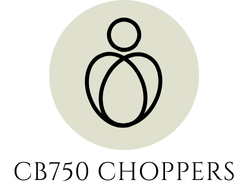Welcome to Cb750 Choppers
Cb750 Choppers is your ultimate destination for all things Generalist in the automotive realm.
Custom Builds
Discover our wide range of custom builds, each one unique and tailored to fit your specific style and needs.
Restoration Tips
Our experts share valuable tips and tricks for restoring your classic Honda CB750 to its former glory.
Parts Sourcing
With our extensive network of suppliers, we can help you find the perfect parts for your custom build or restoration project.
Vibrant Community
Join our community of passionate motorcycle enthusiasts and share your projects, ask for advice, and be inspired by others.
Welcome to Cb750 Choppers
Dedicated to enthusiasts of the classic Honda CB750 and the chopper lifestyle, our site is the ultimate destination for all things Generalist in the automotive realm.
Explore Our Extensive Categories
Custom Builds
Our community features a wide range of unique and stunning custom builds for the Honda CB750 that will inspire your creativity and passion for the chopper lifestyle.
Restoration Tips
Get expert tips and advice on how to restore your CB750 to its former glory.
Our Mission
Sharing Knowledge
At Cb750 Choppers, we believe in fostering an open community where members can share their expertise and learn from one another.
Showcasing Creativity
From unique builds to creative solutions, we strive to inspire and showcase the endless possibilities of customization to our community.
Discover Made-to-Order Chopper Builds
Rev up your ride with our custom builds made specifically for your bike and your style.
Get Expert Restoration Tips
From vintage CB750s to modern classics, our tips will guide you through the restoration process with ease.
Source Parts for Your Perfect Ride
We’ve got you covered with a wide selection of high-quality parts for all your chopper needs.
Rev Up Your Chopper Obsession
Fuel your passion for choppers with our expertly crafted custom builds, restoration tips, and parts sourcing.
Experience Quality Craftsmanship
From meticulous customization to reliable repairs, we deliver top-notch service and attention to detail.
Explore Endless Possibilities
With our in-depth knowledge and extensive resources, the sky’s the limit for your dream chopper.
Join Our Chopper Community
Explore
Share Knowledge, Showcase Projects, Inspire Creativity
Browse Through Our Portfolio

Revitalized Classic CB750
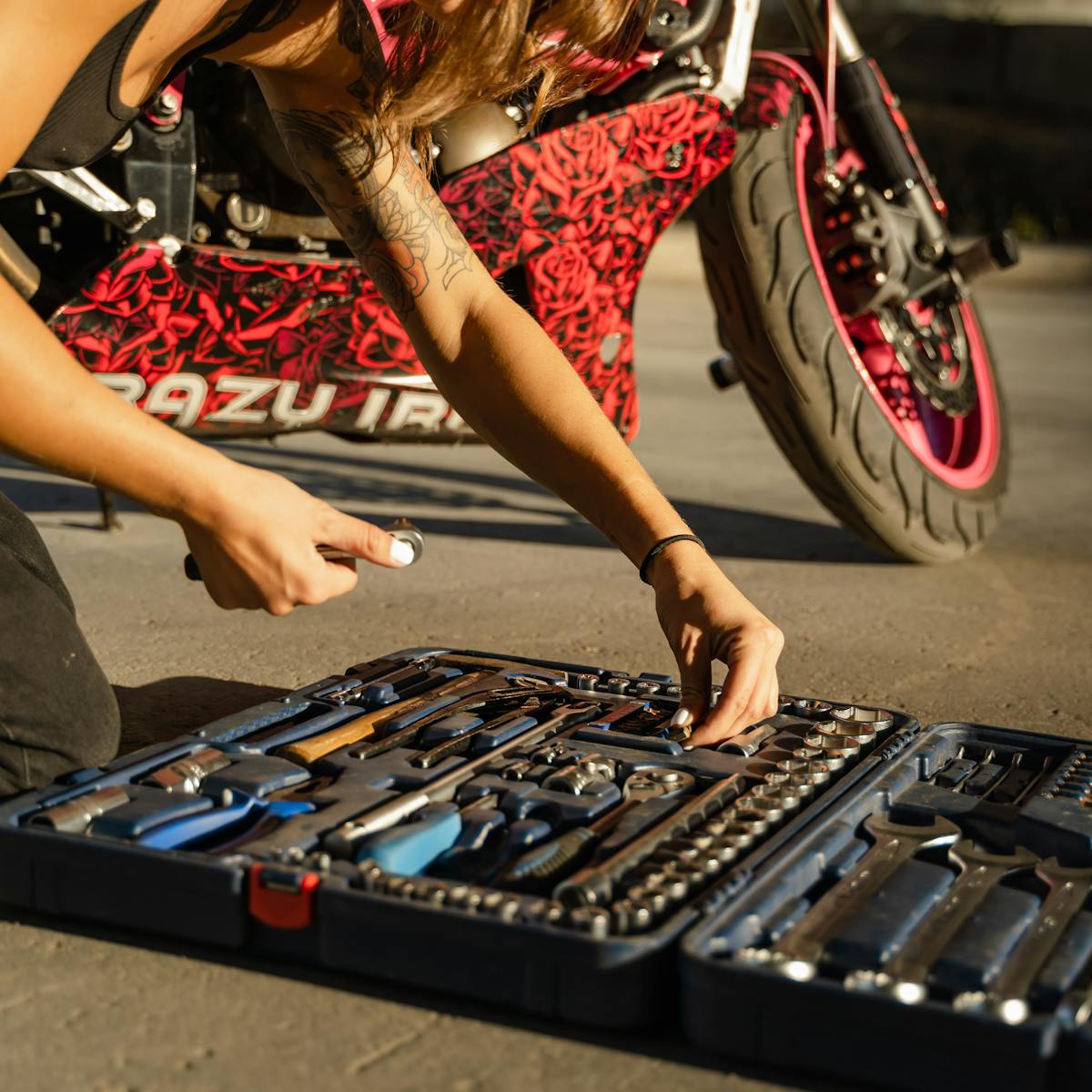
Sleek and Modern Custom Build
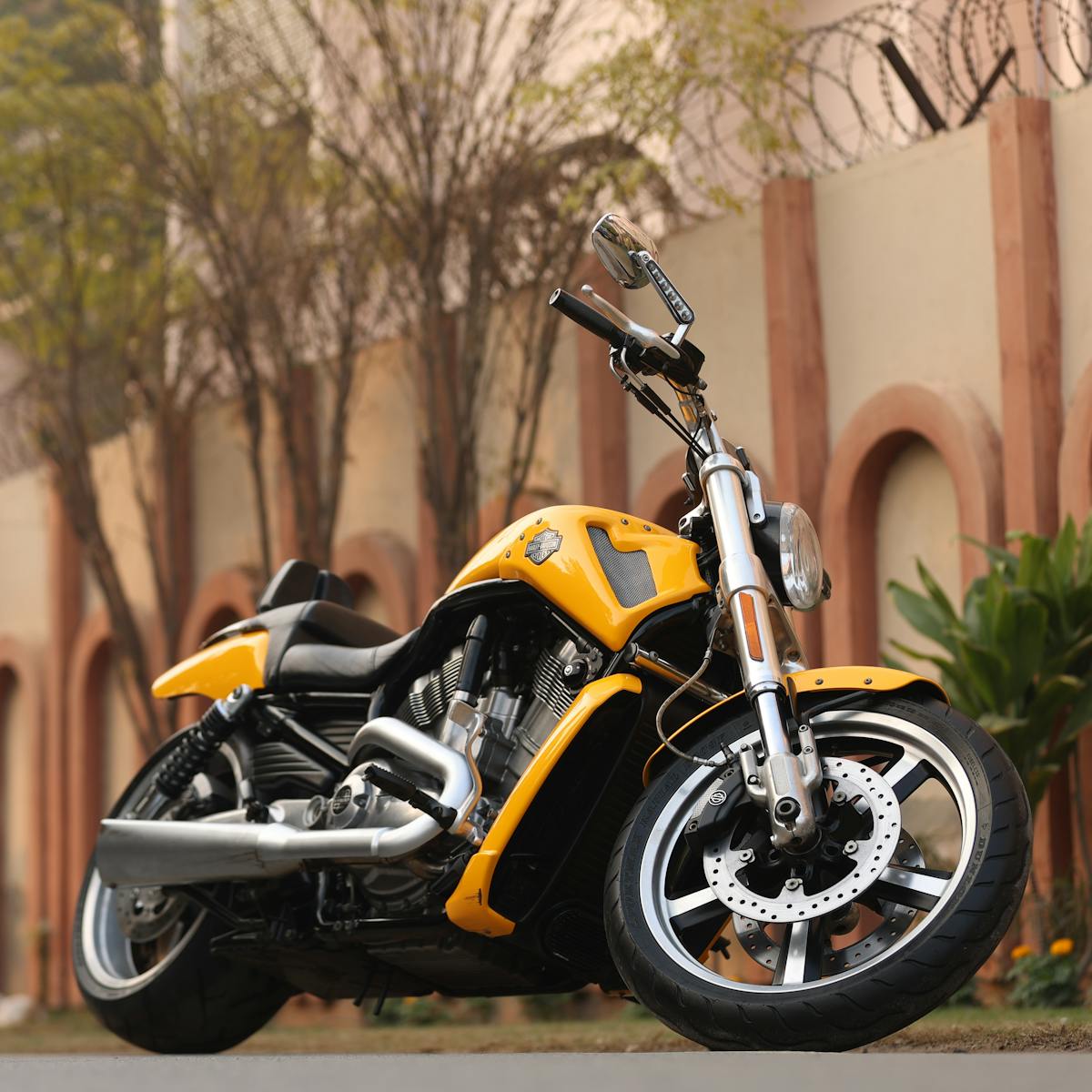
Retro-Inspired Harley Chopper
Blog & News

How Are UK Technological Innovations Enhancing Cybersecurity?
Leading UK Technological Innovations Advancing Cybersecurity Delving into UK cybersecurity innovations, the country stands out for pioneering cutting-edge technologies[…]

How Are UK Technological Advances Shaping the Future of Communication?
Impact of UK Technological Innovations on Modern Communication Exploring how advancements shape our connections The UK tech advancements have[…]

What Innovations Are Transforming the Tech Landscape in the UK?
Key Innovations Shaping the UK Tech Landscape The UK technology trends have recently been marked by several groundbreaking advancements,[…]

How does climate change impact outdoor sports in the UK?
Immediate effects of climate change on outdoor sports in the UK Climate change UK has heightened the weather impact[…]
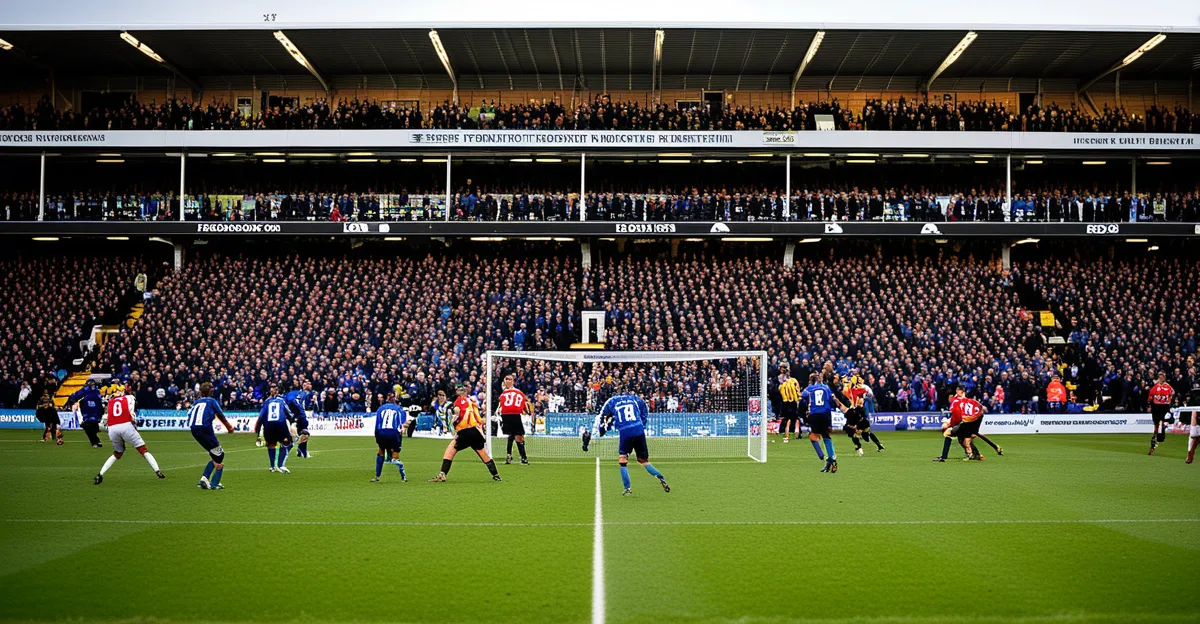
How do UK sports events contribute to local tourism?
Economic impact of UK sports events on local tourism UK sports events have a significant economic impact on local[…]
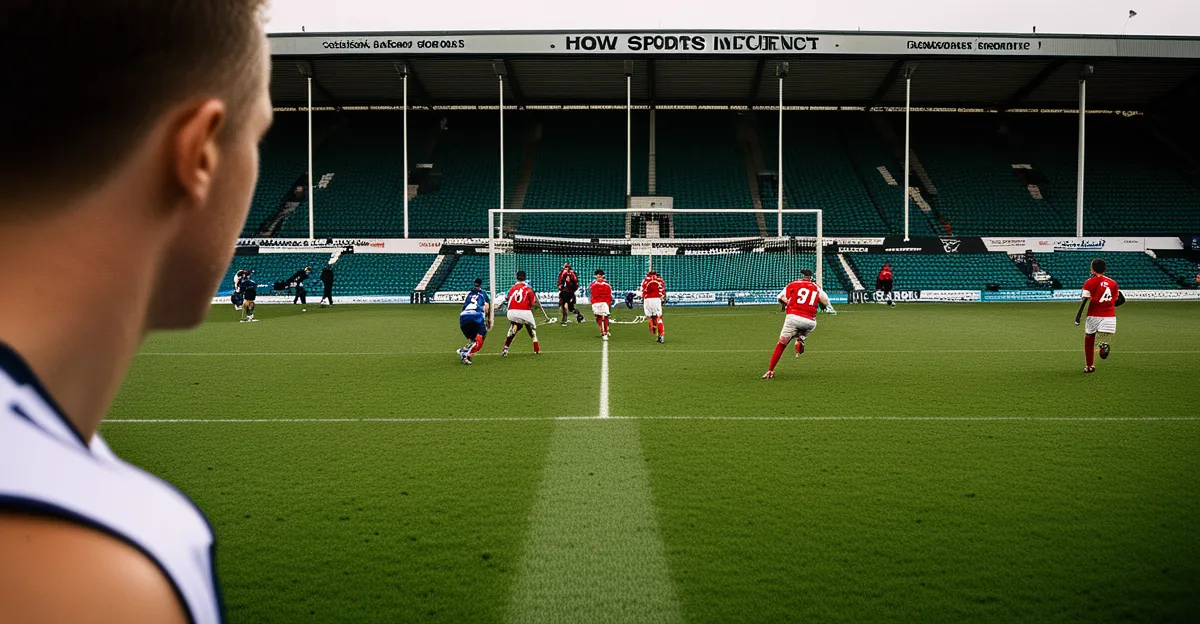
How Does Sports Culture Impact Community Spirit in the UK?
The Relationship Between Sports Culture and Community Spirit in the UK Sports culture in the UK plays a pivotal[…]

How Can UK’s Healthcare System Improve Post-Pandemic?
Addressing Staffing and Workforce Challenges The NHS staffing crisis, intensified by the pandemic, has exposed significant vulnerabilities in the[…]

How Can UK Residents Prepare for a Health Crisis?
Key Steps for UK Residents to Prepare for a Health Crisis Preparing effectively for a health crisis in the[…]

How Can Lifestyle Changes Revolutionize Mental Well-being in the UK?
Overview of Lifestyle Changes Impacting Mental Well-being In recent years, the dialogue around lifestyle changes has increasingly focused on[…]

How can you create a flavorful shepherd’s pie?
Ingredient selection for maximizing flavor Selecting flavorful shepherd’s pie ingredients begins with choosing the best meat for shepherd’s pie.[…]

What are the best tips for making a crisp and flaky fish and chips?
Key factors for crisp and flaky fish and chips Achieving the best tips for crispy fish and chips begins[…]

How can you replicate the flavors of a classic toad in the hole?
Key elements that define classic toad in the hole flavor The classic toad in the hole taste hinges on[…]

How Can Emerging Tech Transform UK Business Operations?
Impact of Emerging Technologies on UK Business Operations Emerging technologies are significantly reshaping UK business operations by accelerating digital[…]

What are the emerging trends in the UK startup ecosystem?
Key developments shaping the UK startup ecosystem in 2024 The UK startup ecosystem in 2024 is witnessing transformative shifts[…]

How Can Small Businesses Adapt to Changing Regulations in the UK?
Navigating Regulatory Changes: Essentials for Small Businesses Navigating UK small business regulations can feel daunting, yet it is vital[…]
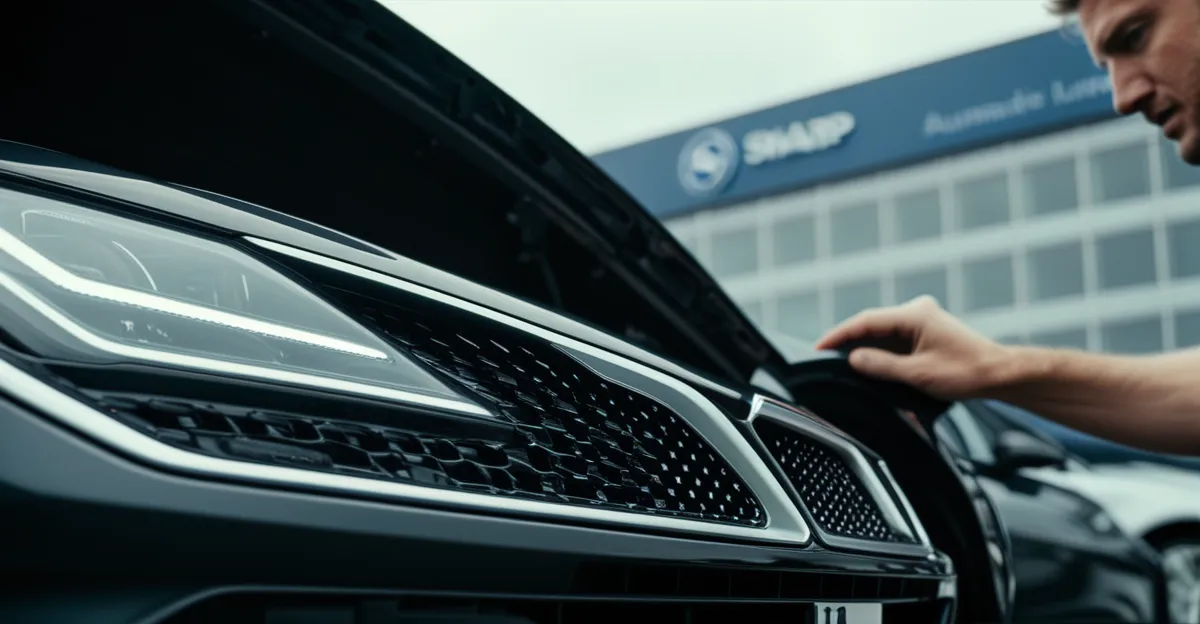
What Will the Future Hold for the UK’s Automotive Industry?
Evolving Trends Shaping the UK Automotive Industry The UK automotive trends are rapidly evolving, driven primarily by electrification and[…]
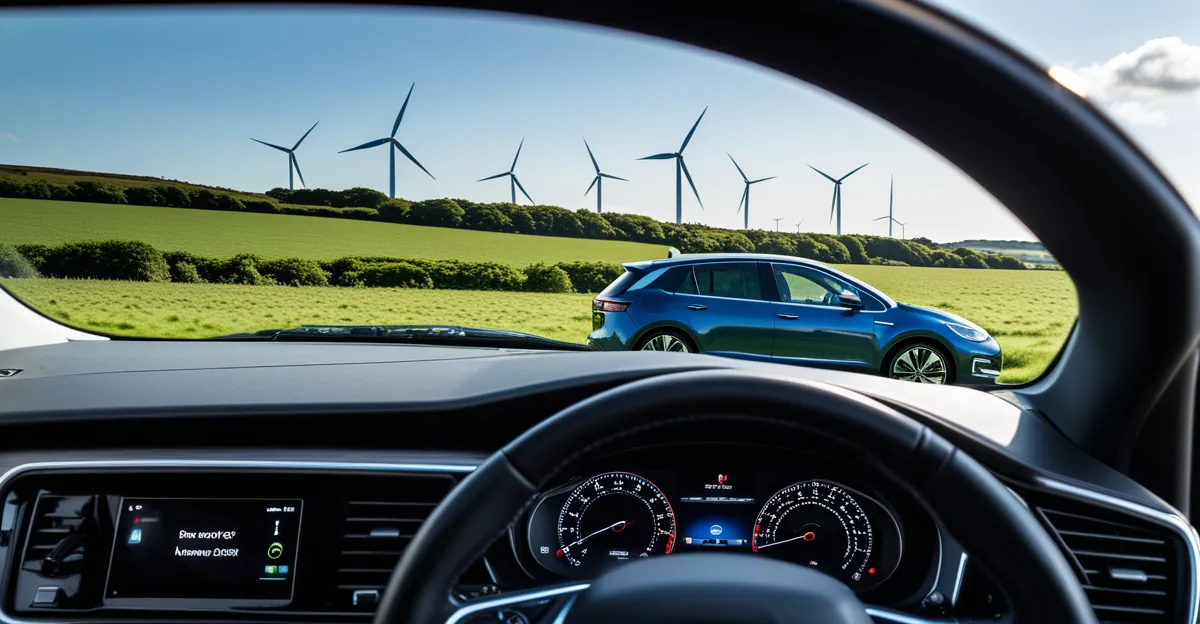
What role does renewable energy play in the UK automotive sector?
The Integration of Renewable Energy in UK Automotive Manufacturing The UK automotive industry is increasingly embracing renewable energy integration[…]
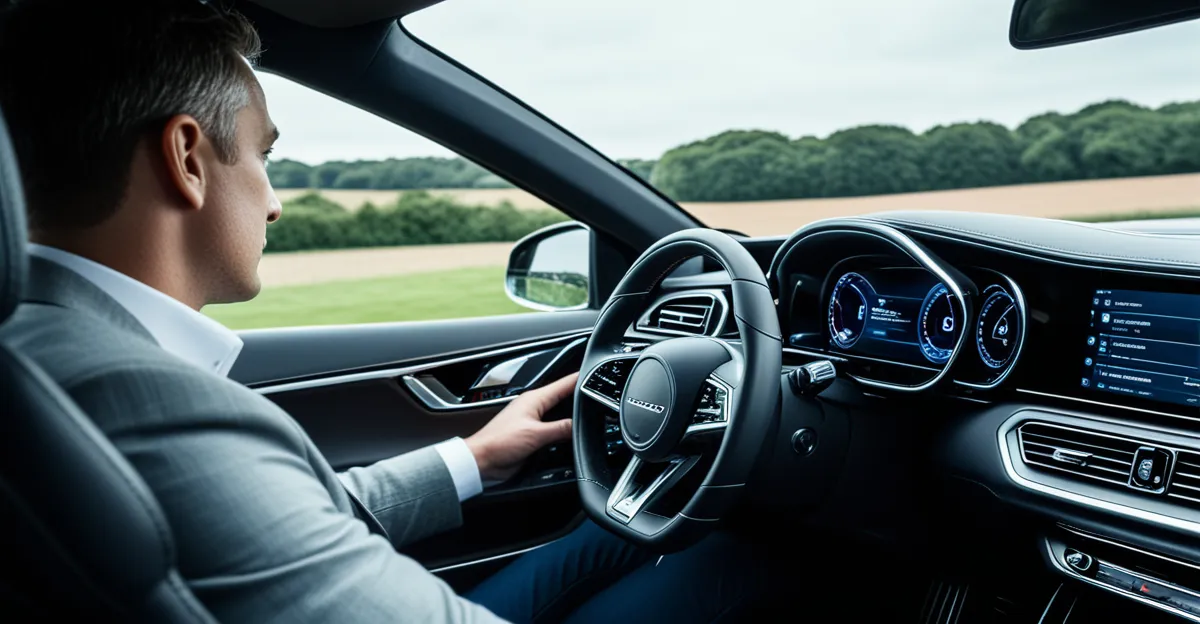
What role does artificial intelligence play in UK automotive design?
AI Integration in UK Automotive Design: Current Landscape Artificial intelligence in UK automotive design has become a transformative force,[…]
What are the top sustainable home improvements for UK residences?
Essential Sustainable Home Improvements for UK Residences In the UK, sustainable home improvements are gaining importance due to rising[…]
Why is Your UK Home Lacking a Cozy Ambiance?
Common Factors Influencing Ambiance in UK Homes Understanding the factors that shape UK home ambiance is essential to creating[…]
